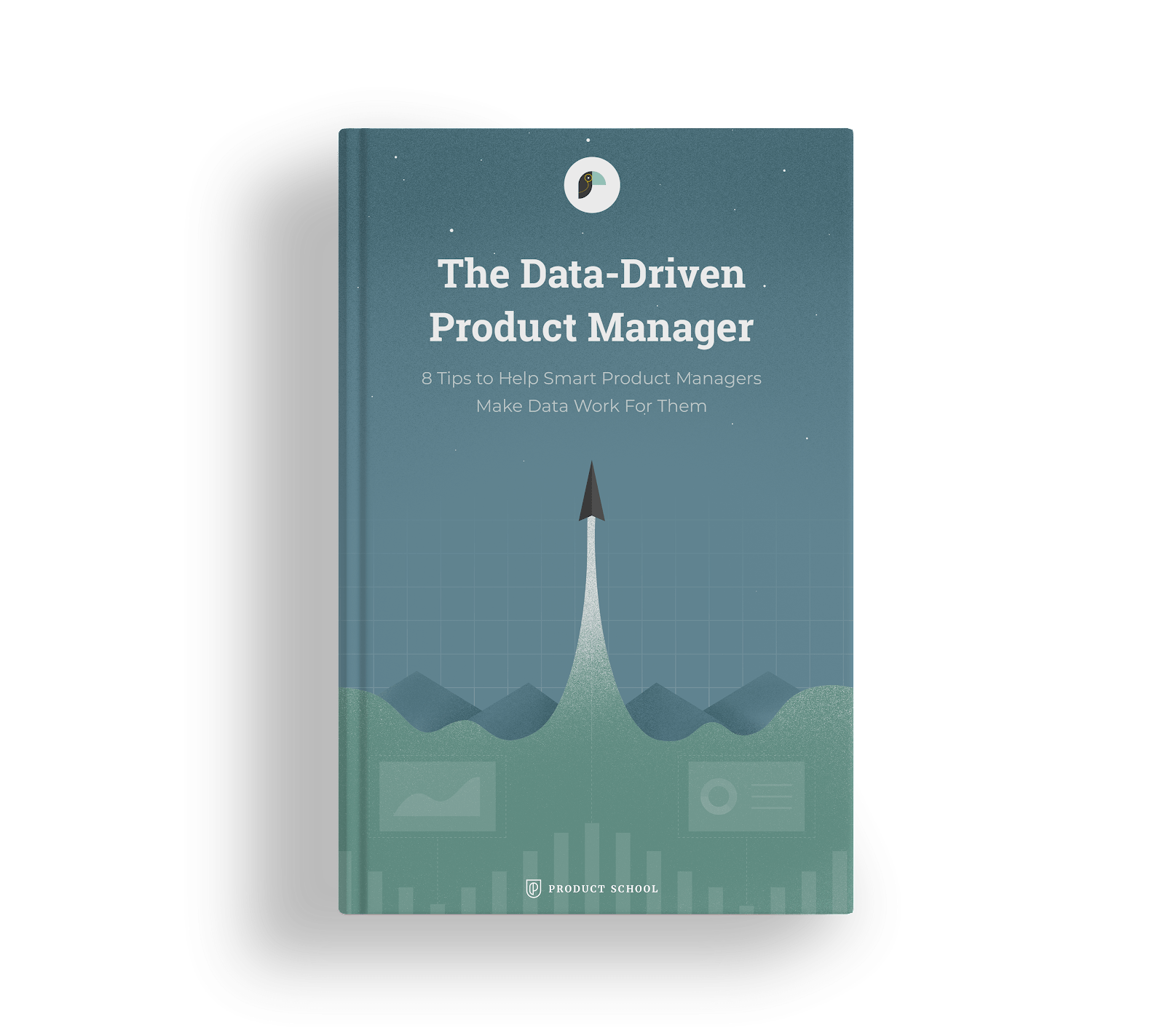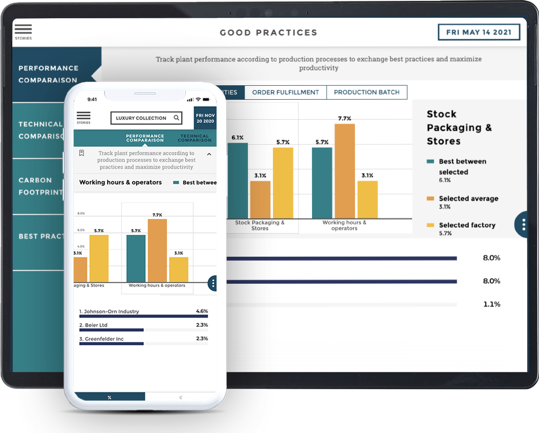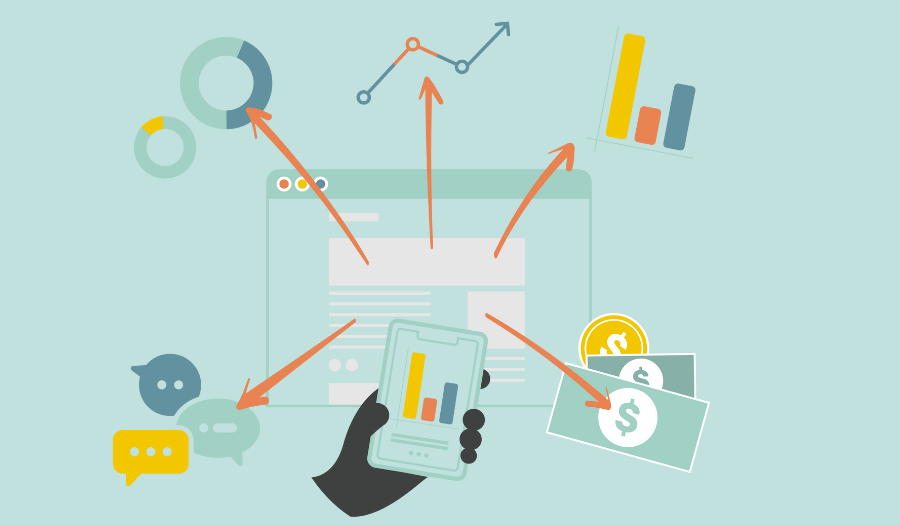
The protracted time for value generation is among the biggest thorns holding back embedded analytics investments Despite the power of these tools. Any embedded analytics tool you might develop – whether you are an enterprise or an ISV – requires intensive time and effort. In my experience, a reporting tool takes months to build; in some cases, it takes over a year to build reporting, deploy and start generating value. This has several side effects:
How to Build Reporting Features with Faster Time-to-Value :
- Stakeholders hesitate to invest in a feature they know will take a while to come to market
- Analytics and reporting are viewed as a one-time investment, without timely iterations
- In the absence of consistent refining and improvement, the tool becomes ineffective
This is why analytics has a surprisingly low usage rate, despite its many benefits for businesses. At Toucan, we try to make analytics building fast and simple, with a focus on repeated iterations. You can connect to more data sources, generate actionable insights, and make business decisions without wasting precious time on development. This is enabled by Toucan’s secret recipe for faster time-to-value.
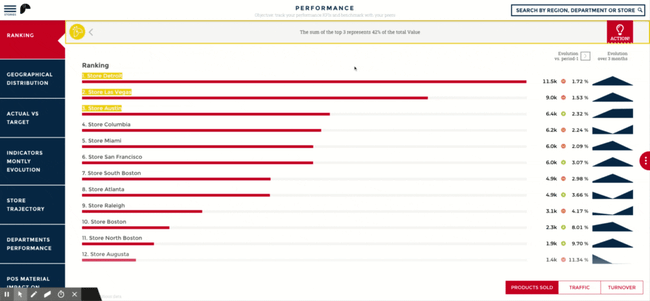
Our Three-Ingredient Recipe for building embedded analytics tools
At Toucan, we have delivered over 300 data projects to 100+ clients. Needless to say, this has taught us a little something about how to build a great reporting tool, and how you can ensure business effectiveness at a shorter lead time. Here are our insights condensed into an easy-to-follow three-ingredient recipe:
- Comprehensive data product checklist
- Dash of feedback (to be tweaked as per requirements)
- A generous helping of expertise, introduced from various disciplines
Let’s start with the first one.
1. A comprehensive data product checklist
To begin this forms the base of your reporting feature. You need to know precisely who your end users are, why they are using the software, and if they are any unique personas at play. This will clarify the purpose or “key pain” behind your reporting tool.
In fact, remember that every feature must be uniquely geared to solve some pain experienced by the user. Similarly, reporting tools aren’t just meant for aesthetic value – you need to know the business purpose that it serves. Define key success factors (KSF) in conversation with other stakeholders to set a benchmark for a reporting tool’s performance.
If you want to know more about this ingredient, I let you check Toucan’s ultimate data dashboard checklist for a successful project.
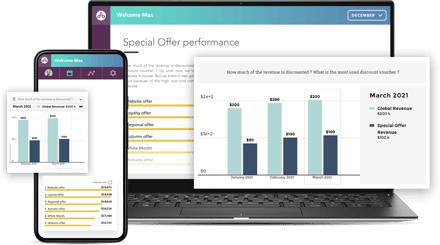
2. A dash of feedback
Then, this is the next ingredient for accelerating time-to-value without compromising performance. You need a formalized feedback loop to constantly iterate and make the reporting feature more effective.
But before the feedback loop engine comes into play, we recommend a quick prototype that can be shared with a small number of beta testers. Based on their response, you can build an initial 1st version, and proactively invite feedback from end-users. Once feedback starts pouring in, you are ready to develop a new prototype, and once again run it by your beta testers.
This formalized feedback loop has two benefits: first, you don’t need to discard an ineffective or old-version prototype. It gains from feedback and evolves into a more effective tool. Second, you can incorporate the views of more experienced beta testers as well as a wider group of end-users without disrupting your development cycle.

3. A generous helping of expertise
Great reporting features aren’t cooked up in isolation by a genius developer sitting behind a laptop. They require hands-on involvement from customer success managers, product teams, and even end users.
Customer success managers, particularly, play an essential role in ISVs. These are people who spend day after day catering to user needs. They will know exactly which data is missing, what features would be useful, and which capabilities have a low usage rate. You can also ask a few champion users to offer inputs on the development process (and this applies to enterprises and ISVs). Use the permissions feature to give different champion users a different experience of the reporting tool. The results will help conduct an A/B analysis of what works and what doesn’t.
Expertise can even come from third-party providers or white label analytics tools that add the required level of prowess, with minimal effort from your end.
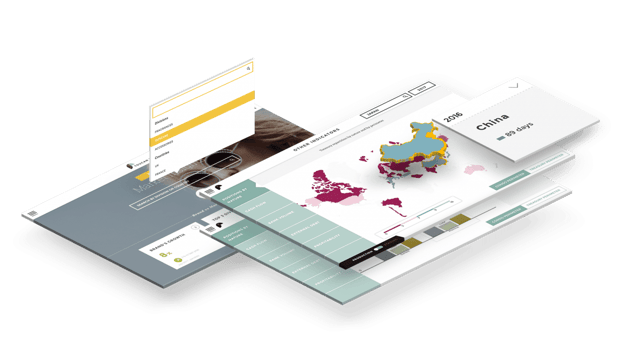
an approved recipe in the development of our own embedded analytics tool
To sum up, from our experience, these three ingredients are the secret to a successful reporting feature. Toucan is committed to making this process easier. For example, we developed a one-click embed workflow that helps integrate reporting features into your software without rethinking the front-end environment. We also empower the Customer Success Team with a “design-first” mode to deliver the promise of fast iterations with direct input from end-users.
A data product checklist, formalized feedback, and multi-stakeholder expertise are central to getting reporting features off the ground at the shortest possible timelines. Read our article on How to Lead Data Projects Efficiently in the Software Industry for more information on how to make this happen.
I hope this article helps you to build your own reporting feature, and if you are convinced by our methods, then you may be seduced by our data storytelling solution, ask for a demo!



